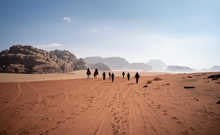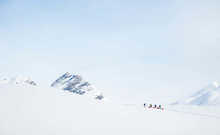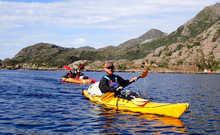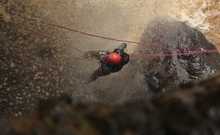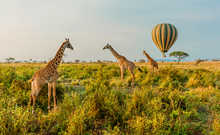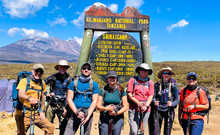Hidden Depths
Along with a dynamic and multicultural population, Dubai is a city steeped in tradition and strong cultural influences, having undergone a dramatic transformation. Scratch below the shiny surface and you'll find that your misconceptions about transiting through Dubai on your travels means enduring a flashy layover are not quite right. There are hidden depths to this fascinating emirate, beyond the skyscrapers and shopping malls - you just need to dig a little deeper to find them.
If you're considering Dubai as a stopover before heading off on a longer adventure, we highly recommend taking a moment to explore the history and culture of Dubai. You’ll discover a host of surprises, from ancient trade roots to architectural genius. Short Dubai breaks can offer powerful insight into the UAE’s history, making your layover as meaningful as your final destination.
How Old Is Dubai?
While the emirate of Dubai as we know it today is modern, the area has been settled for thousands of years. Archaeological evidence suggests human presence as far back as 3000 BCE. The first official record of Dubai dates back to 1095, and it began developing into a small fishing and trading village by the 18th century.
A major point in the history of Dubai was in 1833, when the Al Maktoum family (still the leader of Dubai today) settled there with around 800 members of the Bani Yas tribe. This marked the founding of modern Dubai.
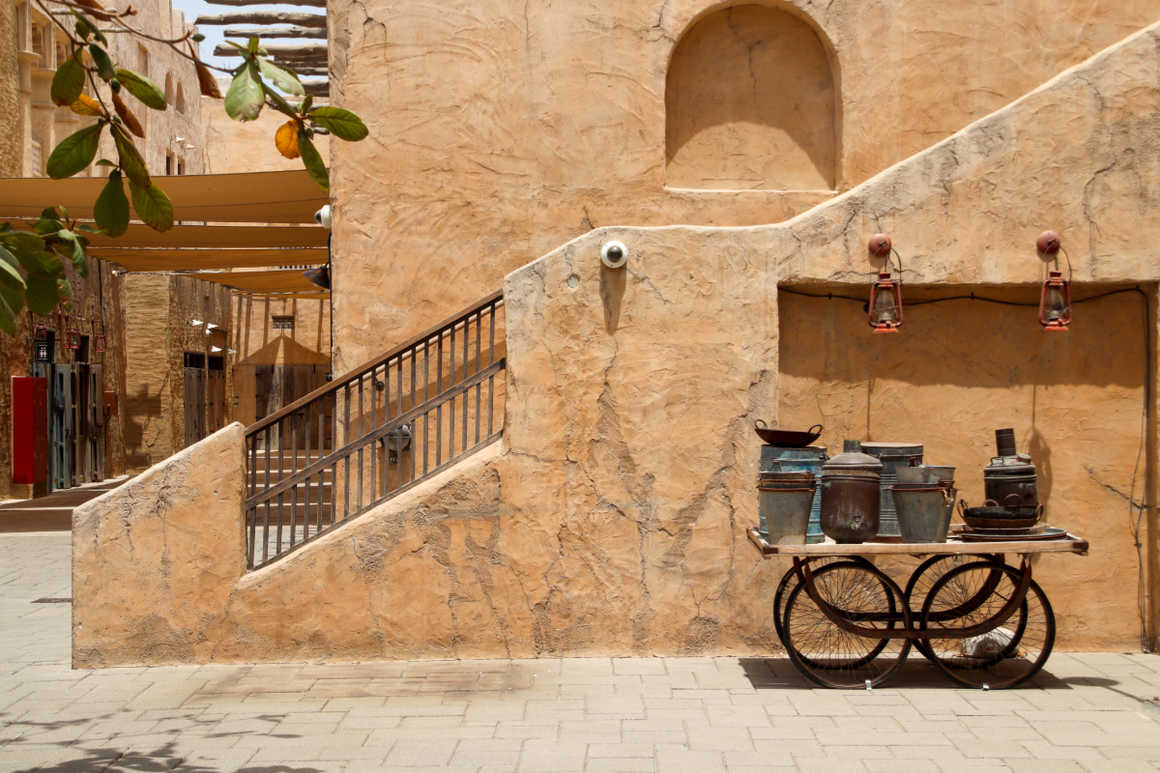
What Is an Emirate? Is Dubai a Country?
Many travellers are surprised to learn that Dubai is not a country. It’s one of the seven emirates that make up the nation of the United Arab Emirates (UAE), which was formed in 1971. Dubai is also a city within the emirate. Much like New York City is within New York State.
The UAE has an overall leader - currently Sheikh Mohamed bin Zayed Al Nahyan - while an emirate is a political territory ruled by an Emir. Each emirate in the UAE retains a degree of autonomy. Dubai’s leader, Sheikh Mohammed bin Rashid Al Maktoum, has been instrumental in steering the city’s incredible growth over the past few decades.
When Did Dubai Start to Develop?
While oil was discovered in the 1960s, Dubai had already established itself as a major regional trading hub. Many visitors to the Emirate ask: how was Dubai built so fast? Indeed, the transformation of Dubai was a truly accelerated process, with the majority of development taking place in the early 2000s, when the government began reinvesting oil revenues into infrastructure, tourism, aviation, and real estate.
From the dusty dunes of Dubai 50 years ago, the city has grown into a global metropolis. Landmarks like the Burj Khalifa (the world’s tallest building) and Palm Jumeirah (the largest man-made island) represent the development of Dubai and its iconic vision.
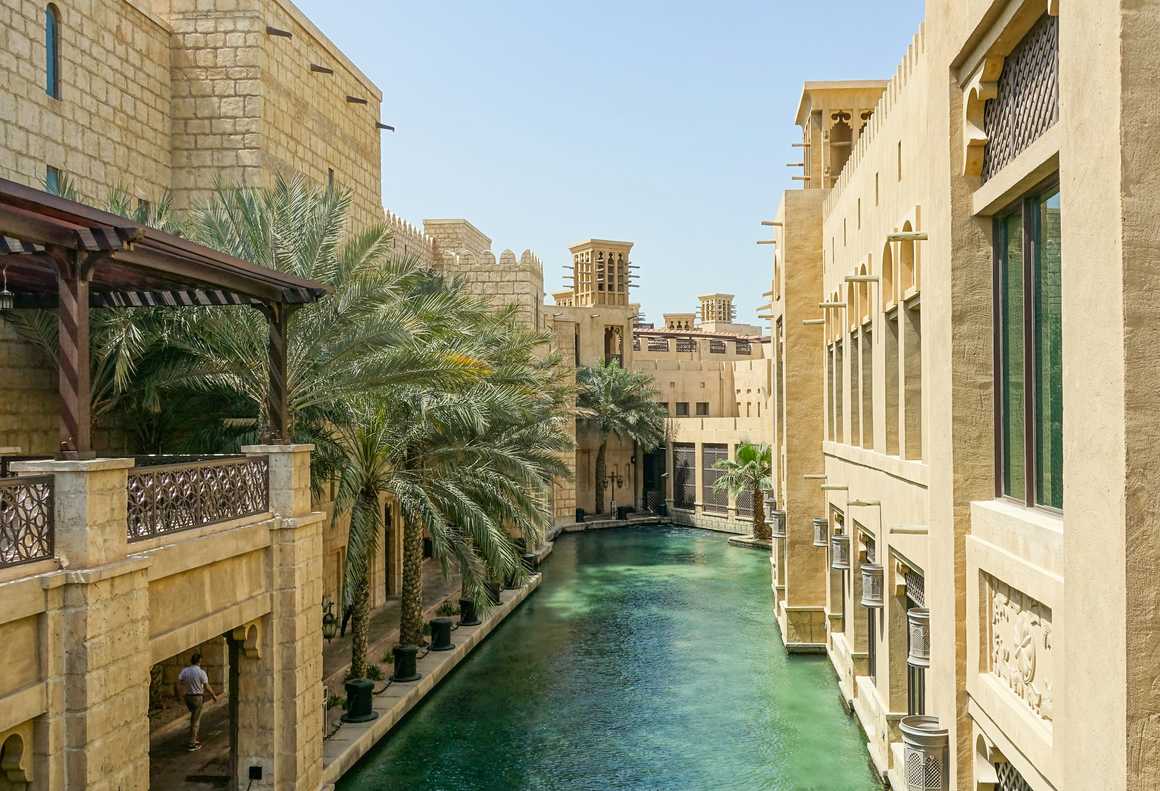
A City of Contrasts
A quick online search of Dubai now and then will show you a host of images of Dubai in 1990 compared to today. The polarity is astounding, and one of the highlights of a cultural Dubai layover tour is witnessing futuristic skyscrapers alongside ancient wind towers, spice-filled souks and the Dubai desert.
Visit Al Fahidi Historical Neighbourhood, where coral-block houses and winding alleyways tell stories of Dubai before the skyscrapers. Explore Dubai Museum, inside a 1787 fort, to understand life before oil.
If you're on a Dubai short break, this contrast offers a compact but powerful cultural journey.
What About the Native Emirati Community?
Many visitors wonder if any of the native Emirati population still lives in Dubai. Yes—they do. But due to massive immigration, they now make up only around 11–12% of the city’s population.
Despite their small numbers, Emiratis and their Arabic traditions are central to the culture of Dubai. They live mostly in areas like Jumeirah, Al Barsha, and Al Mizhar and continue to preserve their customs like majlis hospitality (a meeting room or designated space used to entertain), camel racing, and falconry (regarded as status symbols).
Many who visit Dubai want to know how conservative it is. What are Dubai do and don’ts? You should plan to dress modestly in public, especially in malls or government spaces (such as an airport). Alcohol is served in licensed venues but not permitted in public. During Ramadan, avoid eating or drinking in public during daylight hours. And public displays of affection, particularly between unmarried people, aren’t advised. Respect goes a long way - and while today, Dubai culture is a blend of traditional Emirati customs with global influence (Western dress, modern architecture, nightlife and quiet subcultures), Islamic values remain at the core of life in the emirate.

Things to Do in Dubai with a Cultural Twist
If you’re planning a stopover in Dubai and aren’t interested in malls, nightlife or sunning yourself at the hotel pool, there are plenty of things to do in Dubai to connect you with its heritage…
- Take a tour of the desert, where Bedouin-style camps offer falcon shows, traditional music, and Emirati cuisine. Dubai scenery is iconic, but it’s not all about steel and glass. The desert landscape outside the city wows with a natural beauty few expect to find here.
- Explore Dubai Creek by abra (wooden boat) to see where the city’s trade began.
- Visit Jumeirah Mosque, one of the few open to non-Muslims, and attend a guided session on Islamic culture.
- Don’t overlook neighbouring Abu Dhabi, the UAE’s capital. A day tour from Dubai to Abu Dhabi should incorporate highlights such as the majestic Sheikh Zayed Grand Mosque and Qasr Al Watan palace. It’s the perfect complement to your Dubai stopover, offering deeper insight into the UAE’s history and heritage.
- For a truly memorable experience, look for stopover packages in Dubai that include a sunrise hot air balloon ride over the dunes or a visit to Al Marmoom Desert Conservation Reserve.
Interesting Facts About Dubai
Because history and culture are ever-evolving entities, we take a look at some interesting facts about Dubai today that highlight how ambition, tradition, and innovation continue to shape its identity…
- Population of Dubai: 3.6 million (2025 estimate).
- Size of Dubai: 4,114 km² ( to give some perspective, this is around the same as London, but with a third of the size of population, making it a more spacious and less densely populated city, per sq km).
- Language in Dubai: Arabic (official), with English widely spoken.
- The city is home to more than 200 nationalities, ranking in the top 10 most ethnically diverse and dynamic (residents that are transient) cities in the world.
- The Burj Khalifa is 828m tall and took six years to build.
- Dubai Mall has over 1,200 stores and even an indoor aquarium.
- Wind towers, or “barjeel,” a traditional form of natural air conditioning, still influence architectural design in Dubai today. While modern air conditioning has taken over, the barjeel remains a powerful symbol of Emirati ingenuity and is often incorporated into the design of heritage-style buildings.
- Dubai Police use luxury patrol cars like Lamborghinis and Ferraris - true story!
- The city has no income tax for residents.
- Dubai aims to be the most sustainable city in the world by 2050 through green infrastructure initiatives, renewable energy investments, conservation projects like mangrove restoration, and strict environmental regulations across all sectors.
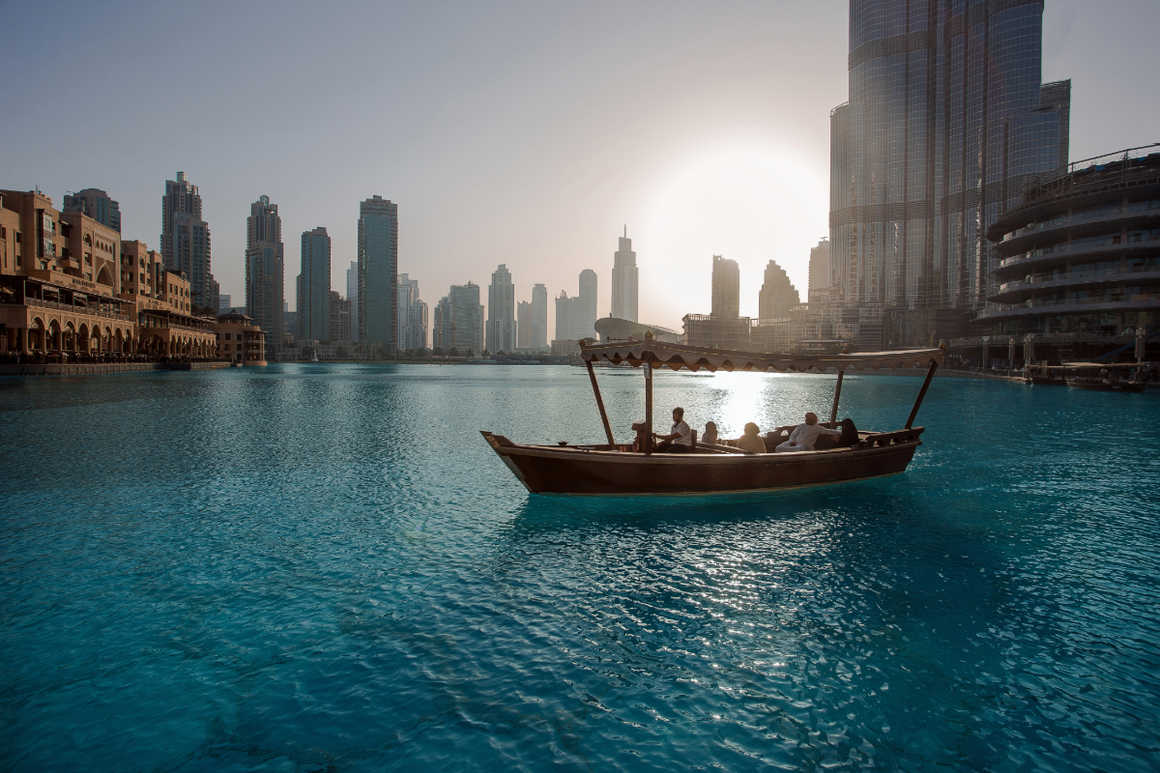
Kandoo Adventures - Explore the Traditions of Dubai
Instead of just passing through, make a Dubai stopover count. Discover what lies beyond the skyline - how Dubai was built, who its people are, and what traditions continue to shape it today. If glitz and glam aren’t your bag, Dubai has other hidden treasures - take a look at what adventures await there and turn your layover into an unforgettable experience all of its own.
